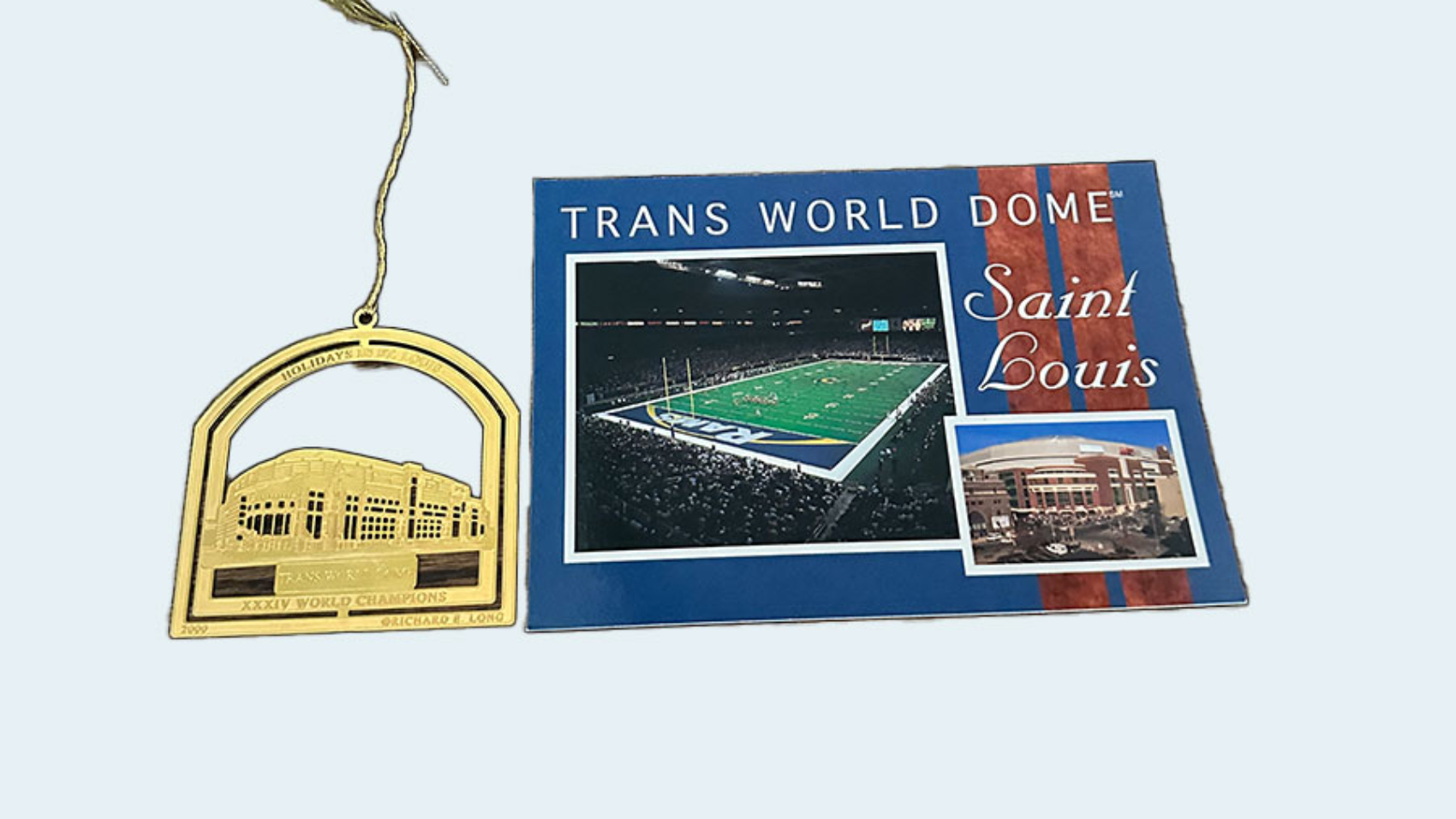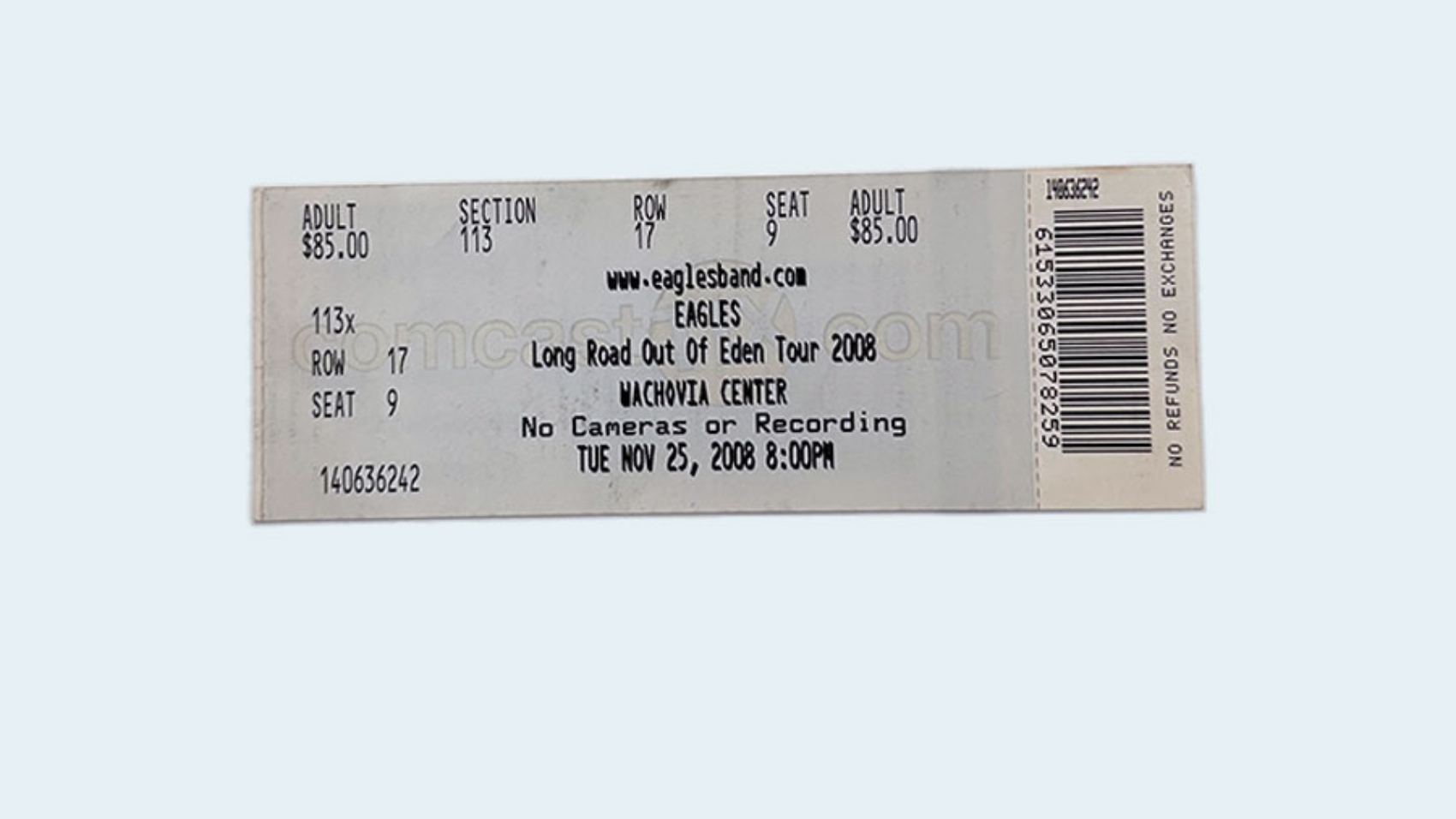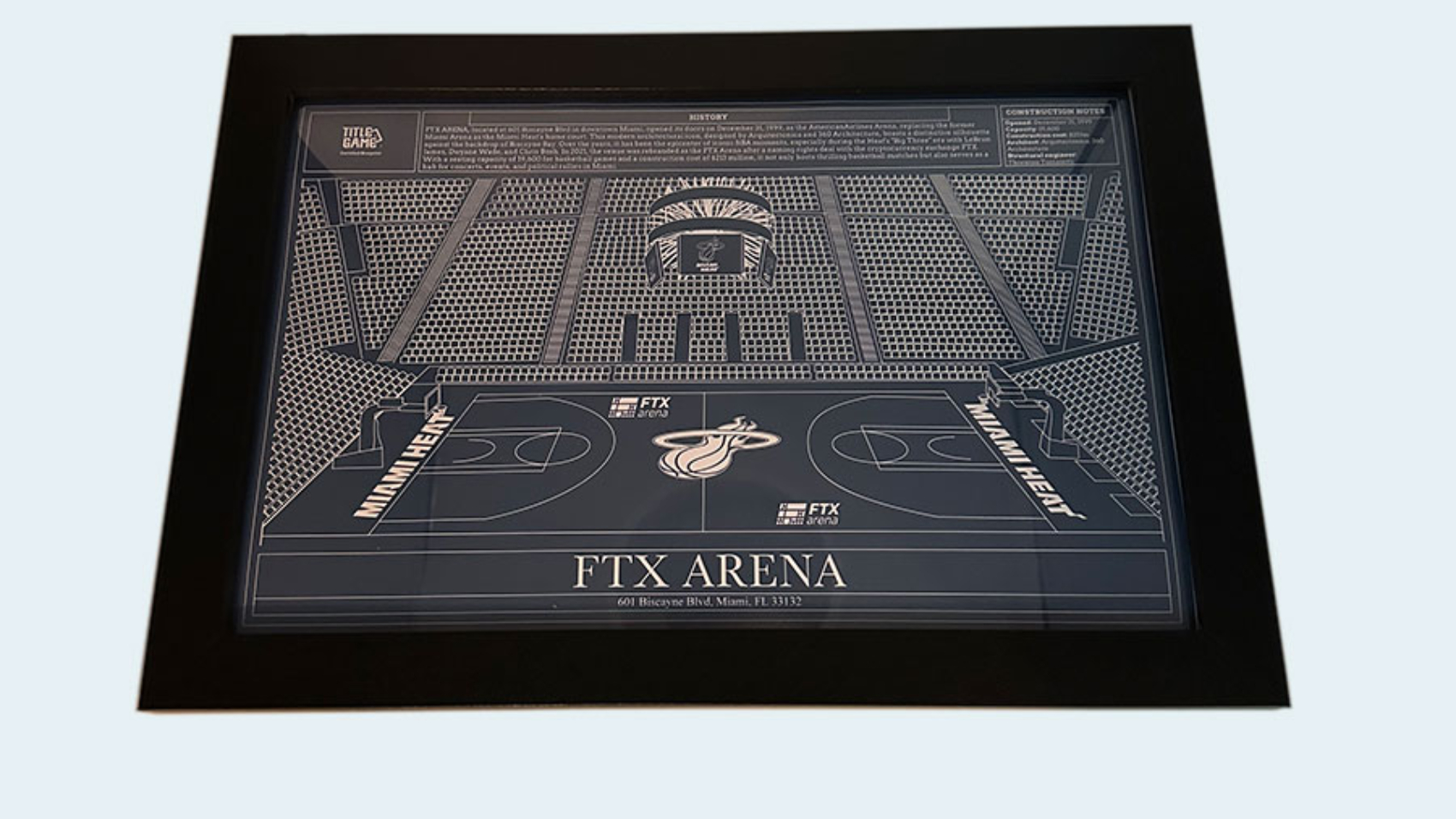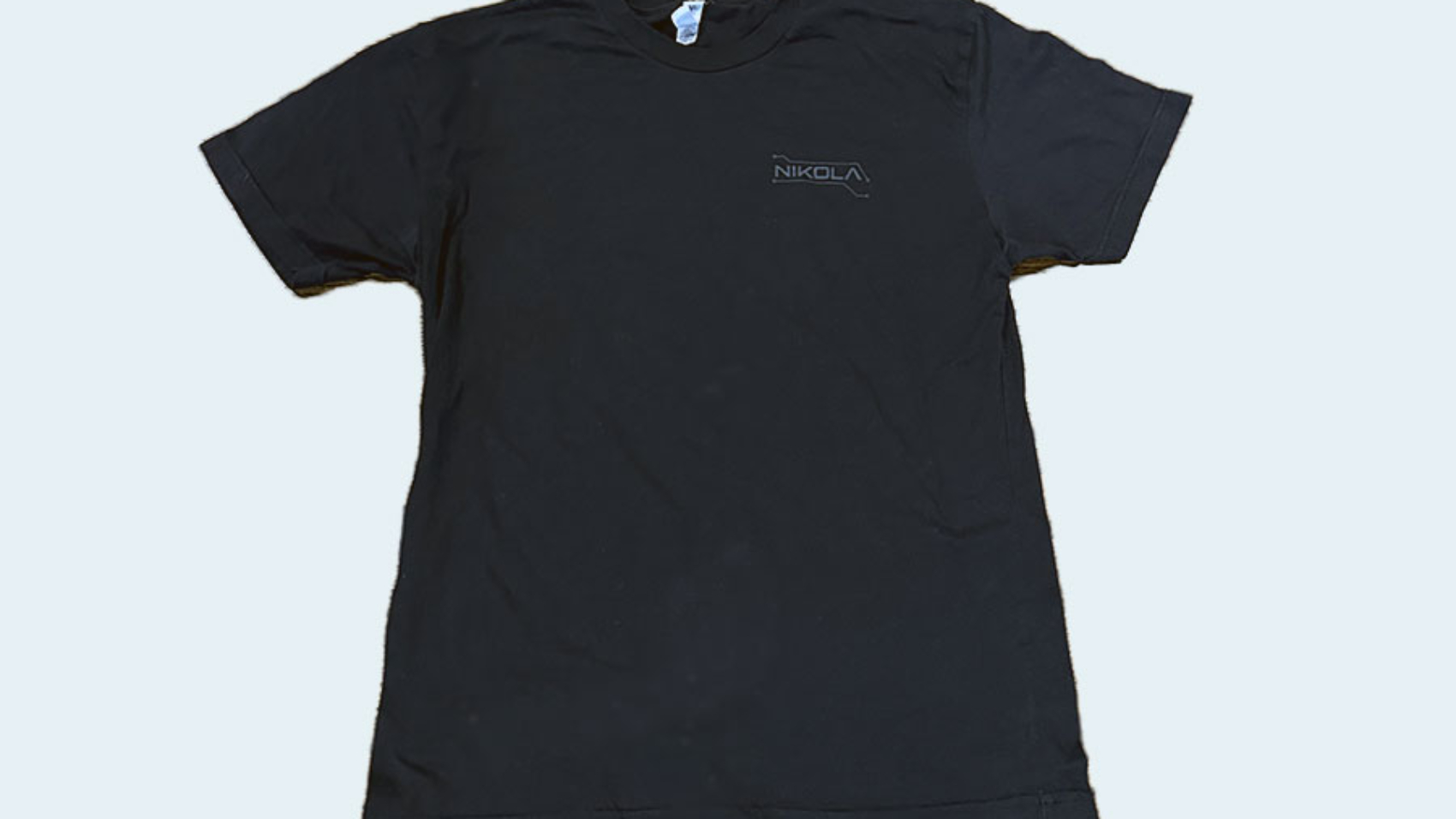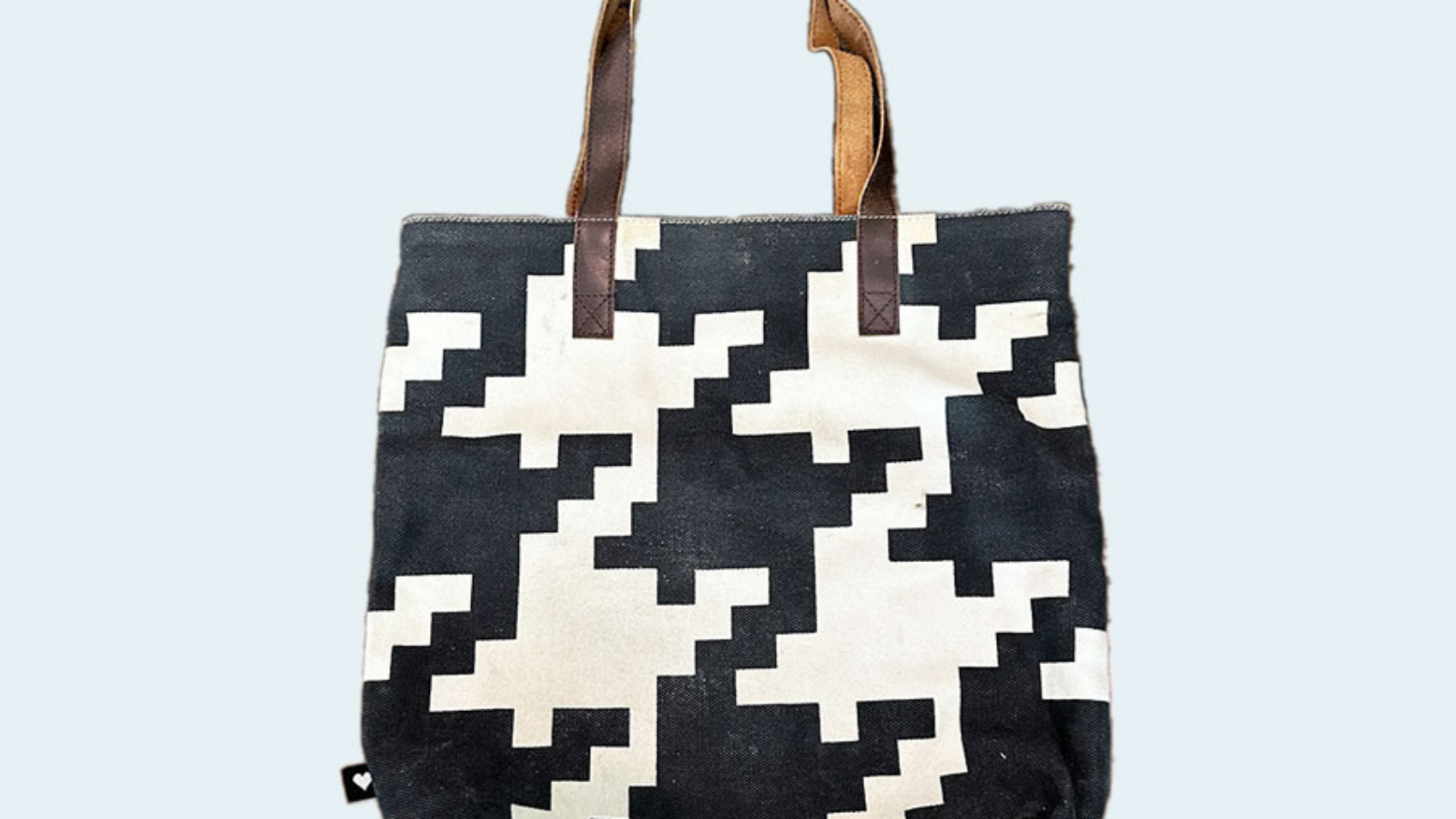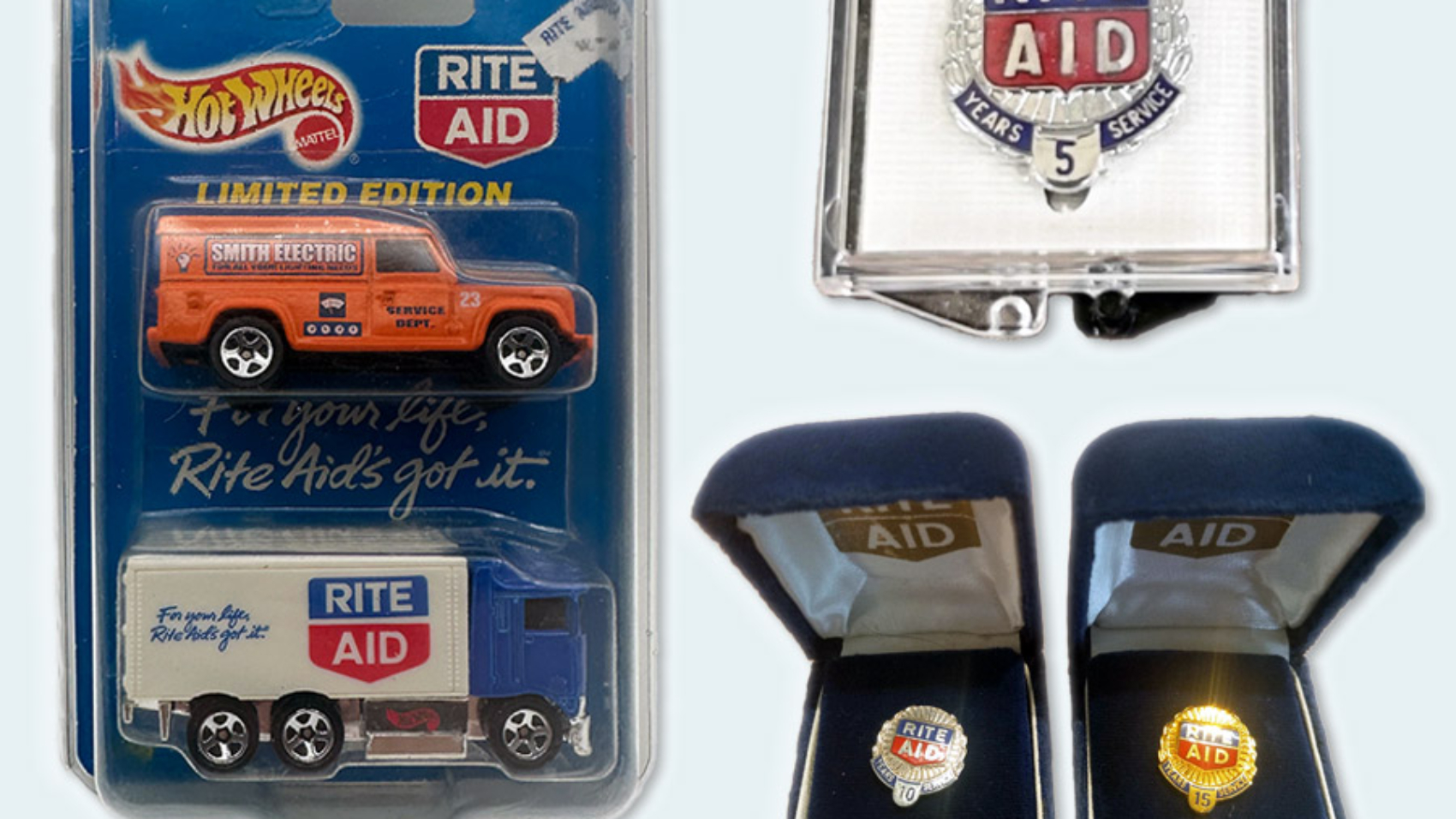Trans World Dome, which hosts concerts, major conventions, and sporting events in St Louis, ended the naming rights in 2001 when TWA was acquired by American Airlines, who already had its name on two NBA/NHL venues in Dallas and Miami. The arena, which lost the St. Louis Rams, is now called the Dome at America’s Center.
In 2001, TWA flew its final flight. The company was sold to American Airlines after decades of saddling debt. In 1991, the company was forced to sell its lucrative London routes — accelerating their demise.


